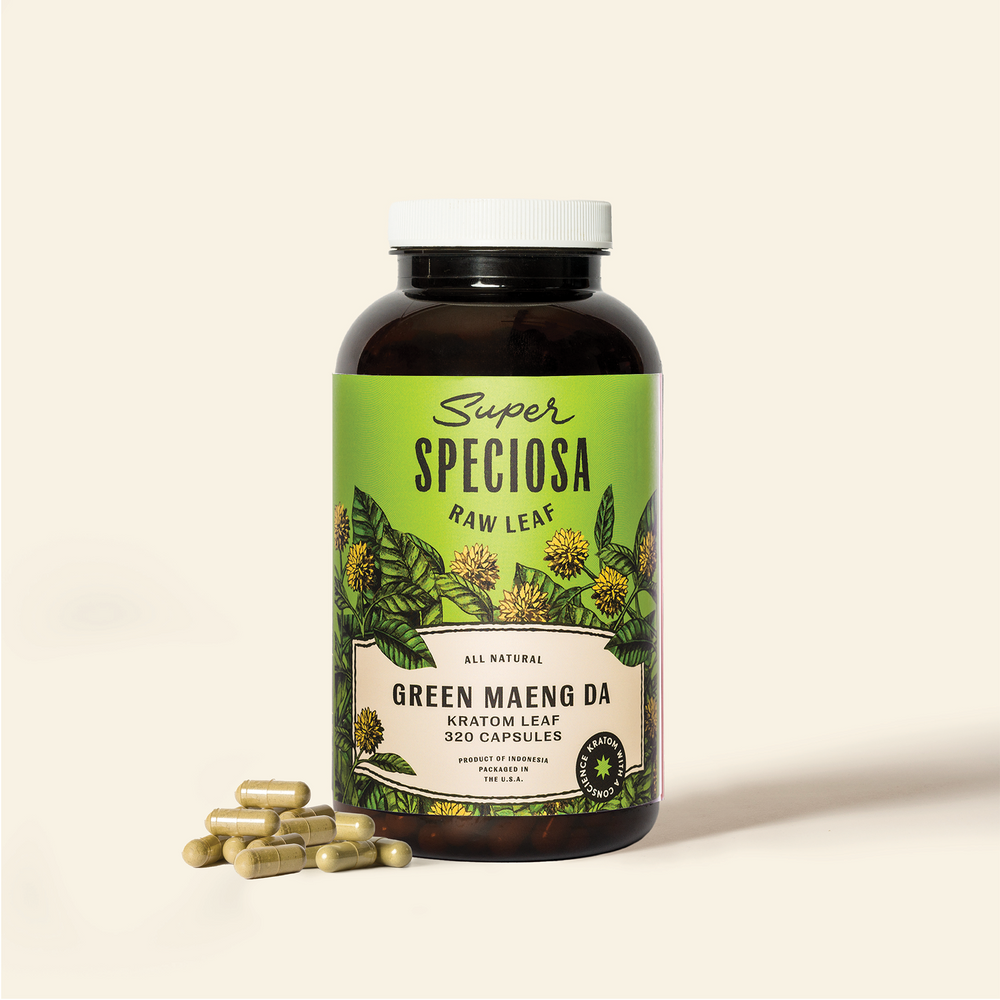Maryland Becomes 13th State to Enact Kratom Protections, Setting a New Standard
MARYLAND BECOMES 13TH STATE TO ENACT KRATOM PROTECTIONS, SETTING A NEW STANDARD

US flag in front of government building in Annapolis, Maryland, USA
It took until the end of this year’s legislative session, but Maryland proved it’s better late than never and became the 13th state in the country to ratify protections for kratom.
Maryland became the first state in 2024 to pass laws protecting access to kratom, dramatically shifting the momentum in the kratom discussion toward regulation. Now, kratom consumers are protected in the Old Line State without fear of local pushback or the dangers of an unregulated market.
After the first dozen states fell, Maryland passed a law similar to what is known as the Kratom Consumer Protection Act (KCPA). It did not carry that moniker in the legislation, as others have, and took a much different path than kratom regulations in other states. Because of its unique route, Maryland’s makeshift version of a KCPA became law in a manner that directly shut down opponents’ tactics against the herbal supplement.
From the early stages of this bill’s introduction, it was clear this wasn’t the typical kratom discussion.
Unlikely Advocates
Four days after the bill was first read in the Maryland House of Representatives it received a hearing in the Health and Government Operations Committee. Flanking the bill’s sponsors were two unlikely supporters: A pair of mothers who testified that they had lost their sons’ to kratom.
As has happened in previous hearings where family members have lost loved ones, those testifying said they would prefer an outright ban. What was new was the acknowledgment that regulating kratom and adding an age limit was a step in the right direction. It was far from an endorsement of kratom, but it set the stage for a unique approach to the discussion around the herbal supplement.

Rep. Bonnie Cullison told one of the mothers that she “admired her courage for coming today and letting us know so we can make good policy around this.”
Another rarity of how the sponsors presented the case for kratom was the fact that a representative from the Department of Health (DOH) testified in support of the proposed regulations. Dr. Nilesh Kalyanaraman was there to represent the department. He echoed many of the concerns presented by the Food and Drug Administration (FDA) and acted oppositely in bringing up real, genuine concerns around kratom that could be addressed through regulation and further study.
“The challenge we have is a couple of things,” Kalyanaraman said, continuing:
“One is that it comes from a plant but is also synthesized as a chemical, and there isn’t really a good way to say which version you’re getting,” he said. “There are often times adulterants and there is no clear dose… People take it, and we’re not exactly sure what they’re getting and how much they’re getting.”
Scientists vs. Lawyers
To cap the conversation, two opposing sides squared off on what available science and information say about kratom.
On one side was a pair of educators and scientists from Johns Hopkins University: Dr. Jack Henningfield and Dr. Kirsten Smith. The two testified about various aspects of kratom and echoed concerns about adulterants, including Smith’s testimony about her more than 50 peer-reviewed articles on the subject.
While some on the committee mentioned concerns about how people use kratom, Smith said her recent publications about kratom dosages support the claim that consumers are starting to come around to kratom’s use as part of a daily, healthy routine.
“(People are) increasingly using it for the mild stimulatory effects mentioned earlier,” Smith said. “Almost like a cup of coffee. People use it to meet the needs of daily living. People are not trying to take kratom products and nod out in a car and not function.”
Opposite of the two educators was a trial lawyer who had represented families who had lost loved ones to suspected kratom overdoses. Talis Abolins offered a fact about how kratom is more deadly than “other natural substances available on the shelf” without referencing who conducted the study or what other substances were compared. Abolins questioned why the industry does not regulate itself, compared kratom to “big pharma and nicotine” and claimed the industry has grown so large that they can hire scientists, lobbyists, and marketing experts.
Smith, who has also worked with the National Institute on Drug Abuse before her time at Hopkins, testified that she was there as an individual, and both she and Henningfield have testified across the country at various hearings. The research cited by proponents of the bill was available through NIDA’s database or an academic publishing network where Smith published papers.
Science prevailed, and the committee reported favorably on the bill with one minor tweak recommended by the state DOH.
As was stated in a letter from the state Secretary of Health, the one objection the DOH had was the label of kratom as a food product due to the FDA’s stance on the matter. Other states have included labels of kratom as a food product, but this was a compromise the sponsors of the bill were willing to make.
An amendment was adopted that switched kratom to a “product marked for human consumption” and struck other references to kratom being a food product, due to the FDA’s stipulations on marketing and labeling. In the end, Maryland was left with a version of kratom protections that set an age limit (and rules about marketing to younger audiences) and barred both adulterated and synthetic products at the urging of the state DOH. The bill also included language about further study of kratom’s effects.
It took a month for those amendments to be worked out before passing with 137 yes votes in the 141-member House (four members were absent). In the Senate, the bill was steered toward the Finance Committee, was reported favorable and all 47 Senators voted yes. It was signed into law on May 16 by Gov. Wes Moore.





